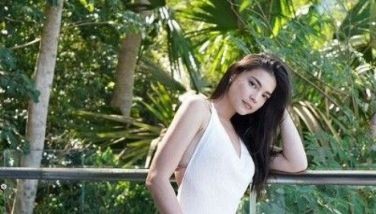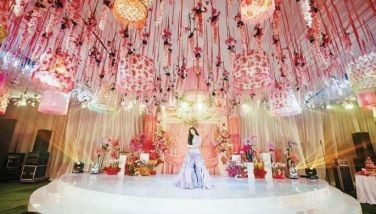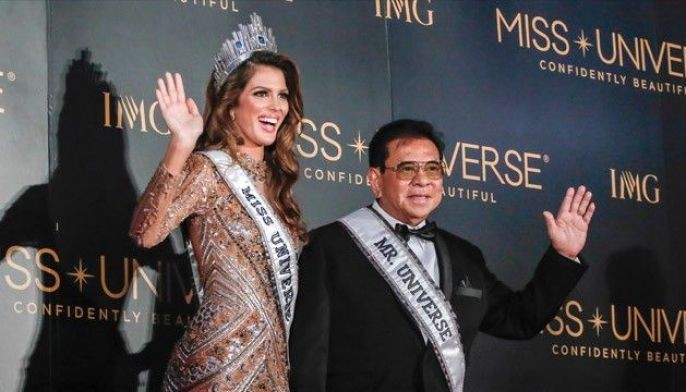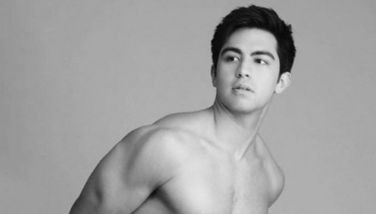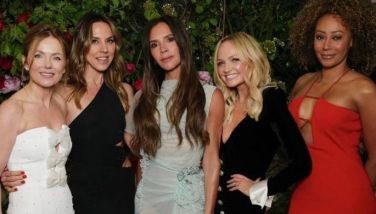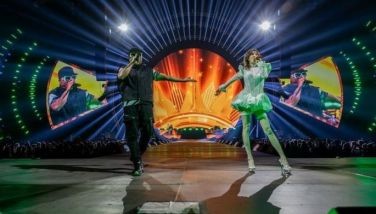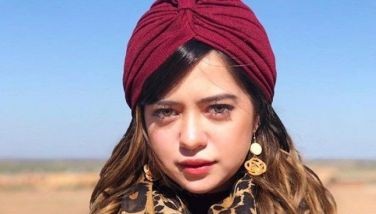Soon a Pinoy Disney character?
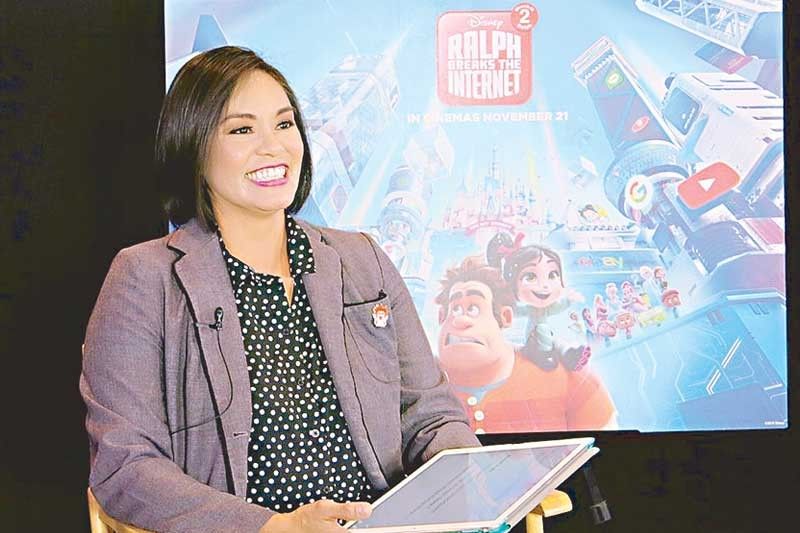
Wreck-It Ralph 2’s Fil-Am animator Josie Trinidad would love to see a Filipina Disney princess warrior and definitely thinks ‘that’s in the future’
MANILA, Philippines — Want to see a Filipino Disney character? For Fil-Am Disney animator Josie Trinidad, she would love to see a Filipina Disney princess warrior and definitely thinks “that’s in the future.”
“I definitely think that there will be a lot of stories that can come from and be inspired by the Philippines because culturally, artistically, creatively, it’s such a rich world that (it) would be very exciting to see. And I definitely think that’s in the future,” Josie told the media, including The STAR, last Friday when asked about the possibility of a Philippines-inspired Disney animation similar to other “culturally-themed” films like Coco (Mexico) or Moana (Polynesian islands).
The Pinay artist was here to promote the latest Disney animated film Ralph Breaks The Internet, a follow-up to the 2012 Wreck-It Ralph, which opens Nov. 21 in cinemas. She is the film’s co-head of story, which means she oversees the story team responsible for translating the script to its first visual form. Her other Disney credits include 2016’s Oscar-winning feature Zootopia, Tangled (2010), The Princess and the Frog (2009), among others. She was also part of Wreck-It Ralph 1.
Ralph Breaks the Internet brings back to the big screen video-game bad guy Ralph and fellow misfit Vanellope von Schweetz. They leave the video arcades behind and venture into world of the Internet.
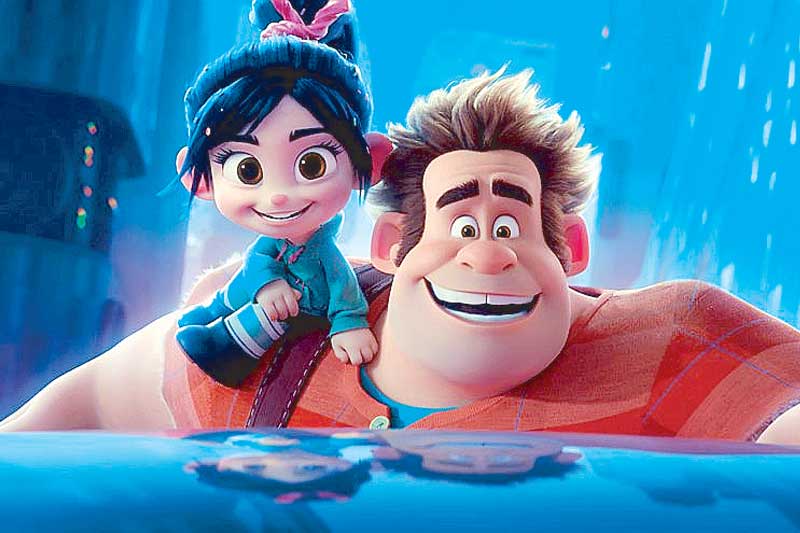
In Ralph Breaks the Internet, video-game bad guy Ralph and fellow misfit Vanellope von Schweetz leave the video-arcade life behind and venture into world of the Internet.
Said Josie, “Ralph is a character who doesn’t quite get the Internet…He thinks it’s easy to get viral. (For) writers and artists we know, it’s such a challenge to create viral content… (Ralph) thinks it’s going to be easy. And then there are great things about the Internet and not so good things like comments and being trolled that we felt like, won’t it be fun to take a naïve character like Ralph and put him through that?”
She also shared how the sequel came about.
“Rich Moore (as director) and Phil Johnston (as screenwriter) worked on the original. This is the first movie where we have the original filmmakers making the sequel and after they finished the first one, they said, you know what, this is great, this movie, we’ve ended it where we wanted it to. And then they have the idea, what if Ralph went to the Internet, broke the Internet, like that’s really funny that this videogame character could think that he could destroy the internet. That sort of opened up the whole world of possibilities.
“The biggest challenge was toning it down — what we were going to focus on because there was too much good stuff going on here to play with. When we focused on their friendship (between Ralph and Vanellope), these two kids from a small town and kind of going to the big city, that’s when we really, OK, it was still really compelling and fun and hilarious and also full of heart.”
Josie, who still has a lot of family in the Philippines and has come home often, was also asked about her Pinoy roots, and what it’s like being a woman in animation, which in her own words, is such a “competitive” and “laborious” job.
Below are excerpts from the rest of the interview.
On her Filipino roots and background:
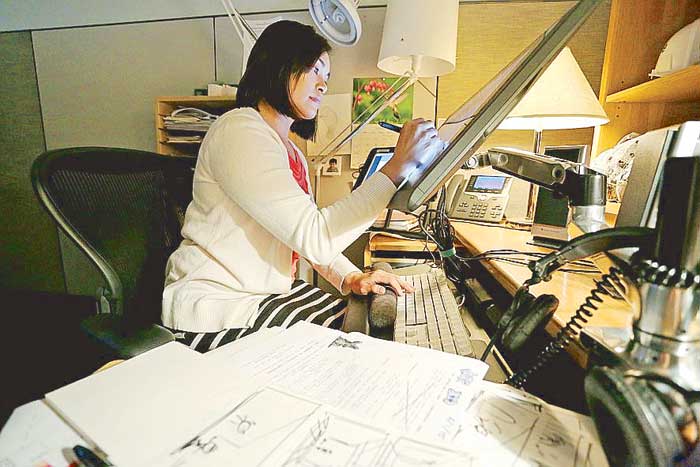
Josie is the film’s co-head of story, overseeing the team responsible for translating the script to its first visual form.
“I was born in the States. My parents migrated to the US in the 1960s. My dad went to UST (University of Sto. Tomas) and he left to do his (medical) residency in Montreal, Canada. My mom went to Philippine Women’s College and she studied nursing, of course, and she went to Texas as a student. I think her visa ran out and she went to Montreal, Canada where my parents met. Then they went back to the United States and they ended up in California.”
On how she got into the arts:
“My family always talks about that. Each side will claim that the artistic side comes from them. But I feel like my dad is someone who likes to tell stories, and he grew up during World War II. As a kid, we always heard about the war, and the Japanese occupation and all these different stories. So, I feel like the storytelling side came from my dad. But you know, things like hard work, things that Filipinos always instill in their children — that came from the both of them.
“I’m the bunso. I’m the first artist in the family. My other cousins are lawyers, doctors and engineers, so I really went out on a limb doing art and animation (laughs). But now they’re very proud.
“I always loved drawing as a kid. I love Disney. When I was 11, my bestfriend and I were watching Robin Hood, and we paused the movie, just kind of playing around, and the movie started to play frame by frame. Then we realized, my gosh, those are drawings… There’s a human being behind these drawings. And so that’s when I really wanted to become an animator for Disney.” (She eventually attended UCLA where she majored in English Lit and Fine Arts, and then studied character animation at CalArts.)
On how her Pinoy roots influence her work:
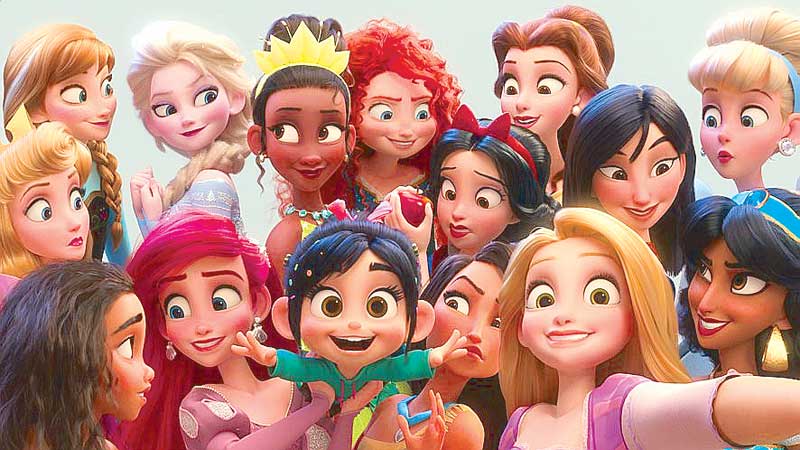
Vanellope takes a groufie with the Disney princesses in a scene from the film.
“I’m very proud to be Filipino and the Philippine culture is so embedded in who I am. I feel like we were so connected to the Philippines. My mom used to always say, back home in the Philippines. You know, we’re so close as a family and friends. All of that encompasses who I am but also Philippine culture. I feel like it’s just… they’re one and the same despite having grown up in the US, because I feel like they transplanted Philippine culture. It just happened to be the United States but all my experiences were surrounded by family.
“You know, there was a time when I was speaking English and learning as a child, I couldn’t distinguish Tagalog from English. I would say words in school with other Americans and they said, that’s not English. It was really, truly how I grew up. We always have family coming from the Philippines. We always have big family gatherings. It’s weird because growing up, I have the Filipino side such as everything at home and there’s the American side, which is everything at school. It kept worlds a little bit separate. But I was weirdly embedded in both.”
On bringing the Filipino culture to Disney:
“At Disney animation, there are at least three Filipinos working in the story department. I have a friend named Jo Mateo, he’s been there with me since I started working there, he’s like my kuya. There’s a kinship that I feel with other Filipinos… it’s just a shared experience that I know, it’s like I’m with family.
“As far as bringing our culture? I think it just happens… For example, there are a lot of Filipinos working in Disney Animation as well. It’s just nice to see familiar faces who have shared experiences, and I can go there and just kind of know that I’m in a trusting environment.”
On the challenges of being a woman in the animation world:
“When I started in 2004, 14 years ago, I was the only female in our apprenticeship program and there was only two women in the story department… Now the story department is nearly half women. It’s women all over the world and many Asian story artists (from) Korea, Taiwan, Philippines, Indonesia, Thailand. It’s really wonderful because you get a female perspective and Asian perspective…from different cultures in Asia. It’s nice to have that camaraderie and diversity in the story room so that each artist can bring their unique perspective and they don’t have to carry the mantle of women or that sort of thing. They can just be themselves because the room is diverse.
“I always thought of it as an advantage because I was the only woman sometimes in a story meeting and I felt like this was a unique perspective, that I can say, that’s not how women act. Or that’s not something that’s common. Or that might be a misperception so I could correct some things or I could just enlighten, I guess, and just say, from my experience, this is what it is. I always found it and I find it in general, I’m not a minority. I’m someone who’s bringing a unique perspective to the room. That’s valid, interesting, they can take it or leave it, but I’m not going to not say my opinion, you know.”
On how aspiring animators can make it:
“I was aided by luck but also a lot of hard work, which I think a lot of Filipinos have. Filipinos are talented and amazing artists. I would just say, stay true to yourself and don’t give up. We offer a unique perspective as artists and as Filipinos, and we have a very unique story to tell given our history, our varied history. That’s something really worth tapping into. So I would encourage, especially Filipino artists and animators, to tell your own story because that’s something I feel that the world has not seen.”
- Latest
- Trending















